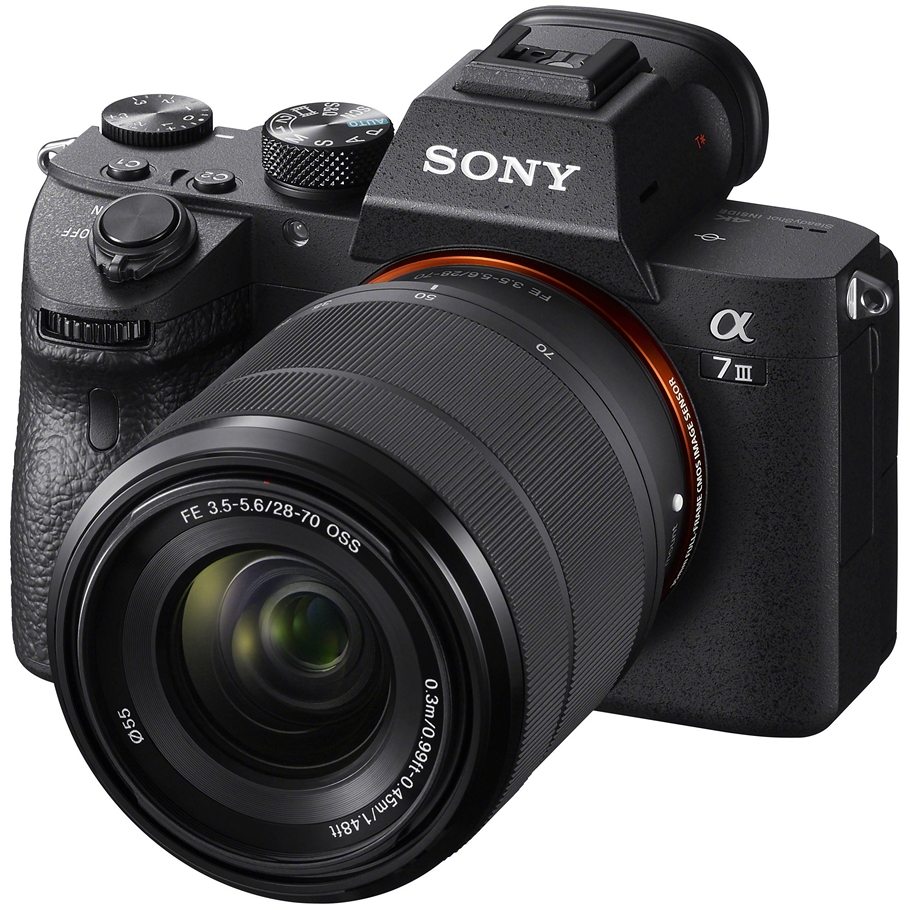1.918,75€
1.688,50€ + VAT Request lower price Interest form
Over the years, Sony’s A7-series has picked up great momentum. This has been achieved by introducing new and innovative technologies, refining the design, and dealing with the initial concerns surrounding the number of full-frame E-mount lenses available.
Like the original A7 and A7 II, the A7 III is equipped with a 24.2-megapixel full-frame sensor. The difference is that it’s an entirely new chip that benefits from backside-illuminated architecture. Sony says this provides an improved noise response at high sensitivities and delivers an impressive 15 stops of dynamic range at base ISO. This allows vast amounts of highlight and shadow information to be recorded into the camera’s 14-bit Raw files.
The sensor is supported by a powerful Bionz X processor and the same front-end LSI that’s influenced many of Sony’s latest cameras being able to shoot faster and handle vast volumes of data more efficiently. The speed at which it can shoot continuously with autofocus and exposure adjustment has soared up to 10fps from a rather pedestrian 5fps on the A7 II.
Other improvements are found at the rear, where a 2.3m-dot EVF with 0.78x magnification and 3in 922k-dot LCD touchscreen take pride of place. The EVF has a lower resolution than the A7R III, but is complete with Zeiss T* coatings to reduce obtrusive reflections.
As for the touchscreen, this allows users to focus by tapping the display or dragging their thumb over the screen’s surface when the camera is raised to the eye. The implementation of the touchscreen could be improved further however, which I’ll touch on in more detail shortly. With regard to the manoeuvrability of the screen, it tilts upwards by 107 degrees and down by as much as 41 degrees, providing reasonable flexibility when composing and monitoring.
Another big advance sees the A7 III record 4K video internally, using 6K full pixel readout for super-high-quality footage. The camera also supports Hybrid Log Gamma for 4K HDR output, like the A7R III before it, along with S-Log2 and S-Log3 gamma modes to retain as much dynamic range as possible for easier colour grading during post-production.
Also known as










